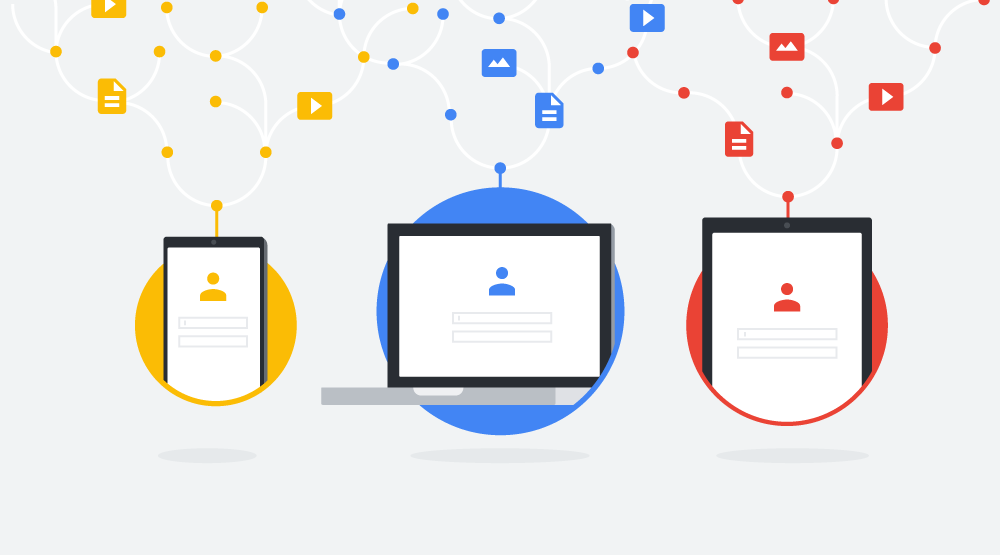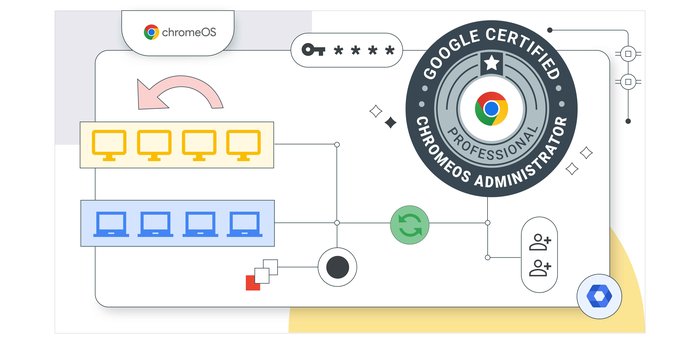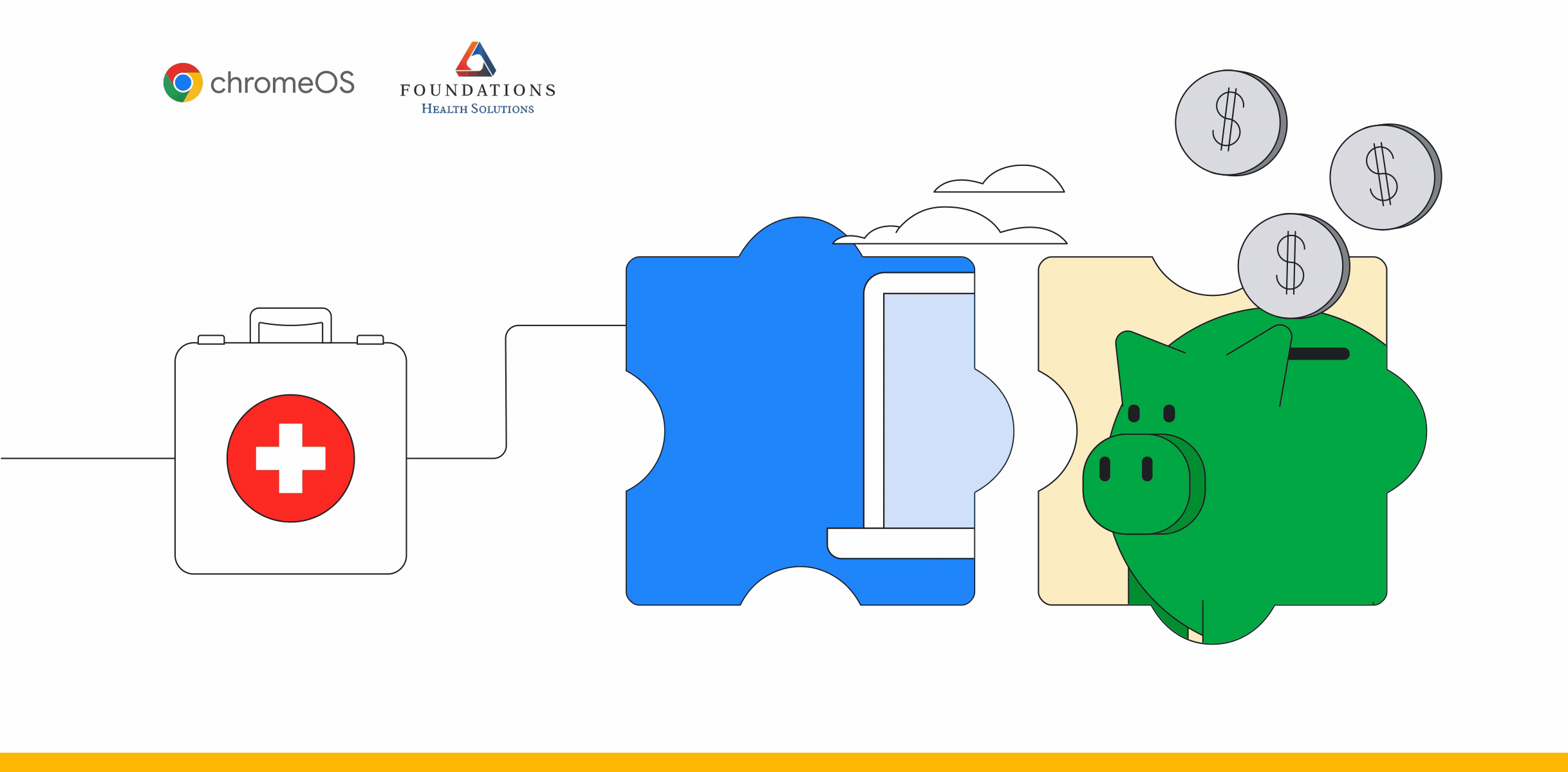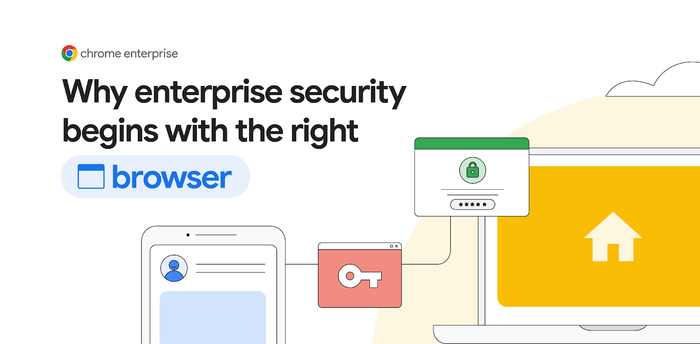Redesigning computing for cloud workers and the digital workplace

Nick McQuire
Vice President Enterprise Research, CCS Insight
Editor’s note: In today’s guest post, Nick McQuire, vice president of enterprise research at CCS Insight, shares more on how the era of the cloud worker is shaping IT and device strategy. You can also watch Nick’s breakout session at Next ‘18 on the same topic.
From maximizing workplace productivity, to complying with new legislation, to better protecting against security threats, there are many reasons why organizations are reevaluating their IT and device strategies. Adding to that is the fact that technology continues to radically shape employee working styles, with employees turning to mobile and cloud technology so they can work where and when they need to get their jobs done. As a result, workplace computing has evolved from stationary employees working on desktops and laptops provided by the IT department to a cloud-connected and mobile-centric model that spans a diverse mix of personal and company-owned apps and devices.
According to our 2017 employee survey , 86 percent of workers believe mobile technology has a positive impact on their overall work performance, with almost half stating it has a "substantially positive" effect. As a result, we estimate that as much as 48 percent of the workforce commonly known as knowledge workers will be reclassified as mobile, cloud workers by 2020.
The challenge
Addressing these trends presents several significant IT challenges that hold back many businesses from delivering strategic value with digital workplace technology.
Legacy technology. Most companies have ageing IT infrastructure, back-end systems and entrenched processes that can form operational barriers to bringing innovation to business processes and employee technology. Nowhere is this more evident than when it comes to company PCs and operating systems. CCS Insight estimates there are more than 300 million PCs being used in organizations today that are over four years old. IT departments typically administer these devices with older management tools and processes. These can involve time-consuming procedures to set up devices, configure software and maintain antivirus protection, for example.
Budgets. Enterprise IT budgets continue to be squeezed as IT teams face the challenges of simultaneously needing to invest in modernizing systems and adding innovation to the business, all while maintaining legacy infrastructure. IT departments spend as much as 85 percent of their time and resources just "keeping the lights on", rather than devoting efforts to new projects that drive growth and transformation.
Security. Security concerns have hit a fever pitch over the past year in the wake of several high-profile incidents, including the WannaCry ransomware attack and the revelation that many PC processors are prone to the Spectre and Meltdown vulnerabilities. However, because it requires new tools, approaches and mindsets in shifting from a domain-based architecture to a user authenticated one, moving to a digital workplace can be intimidating. Unsurprisingly, in our survey of IT decision makers in 2017, half our respondents listed cybersecurity as their biggest challenge and top investment priority.
As a result of challenges like these, 36 percent of employees in our recent employee technology survey felt their IT department was out of touch with their workplace technology needs and didn’t match their use of technology in their personal lives. This problem has also been exacerbated by the rapid adoption of personal cloud services and mobile apps over the past few years, often outside company policy.
The solution: cloud-native devices and technologies
A major trend over the past 12 months has seen more organizations overcome these challenges by supporting cloud-based operating systems and devices as part of a redesign of their end-user computing and workplace IT environment.
Unlike traditional PC client systems, these computing platforms are designed for the cloud, offering a consistent flow of new features aimed at improving the computing experience and work styles of today's highly mobile cloud workers. They also bring a wide and evolving range of management, security and cost benefits to businesses and can be deployed flexibly in a variety of scenarios. These include laptops for knowledge workers, kiosks and digital signs for marketing and customer experience scenarios, and shareable or single-task devices for field service workers, for instance.
Organizations using this strategy have not only improved IT security and employee satisfaction levels, they have also lowered device costs and achieved a significant return on their investment. For example, we estimate that traditional PC management cost with devices running cloud-based operating systems can be reduced by as much as 40 percent. Ultimately, the advantages of cloud-based device computing platforms can become a crucial factor in enabling competitive advantage and a modern, digital workplace.
How you can prepare for change
Businesses of all shapes and sizes need to ensure they are ready for the changes in work technology. Cloud-native platforms can address many of the challenges of the digital workplace, including the widening range of computing preferences and work styles of today's highly mobile cloud workers.
For those who have yet to get started, here are a few things to consider:
Improve security by accelerating PC upgrades. With support for Windows 7 coming to an end in early 2020, attacks on older operating systems on the rise, and new legislation like GDPR, all organizations must now accelerate PC upgrade cycles to improve IT security. Consider the advantages of cloud-based operating systems and devices as a means to continually improve security and reduce the pains that come with updates?
Invest in a flexible device platform to support the digital workplace. All organizations must prioritize device functions that make employees more productive on the move. However, also consider the ability of specific device platforms to address additional uses beyond knowledge workers. Areas that can reduce cost and improve return on investment include shared devices, kiosks, digital signs and single-purpose device scenarios.
Prioritize the user experience. Above all, the user experience will determine whether workplace device strategies succeed or fail. Evaluate devices and platform technologies that will affect the employee experience over the next two to three years. Consider a solution that delivers consistent performance improvements and addresses some of the areas where employees express frustration today, such as connectivity, speed and reliability.
Now more than ever, CIOs and IT leaders are coming to realize they must create competitive advantage by reimagining their workplaces with new IT strategies. This not only ensures operational excellence, security and administrative flexibility, but also offers an improved and more productive experience of the digital workplace that today's mobile and cloud workers have come to expect. It will be fascinating to see how cloud-based device platforms address these requirements over the coming years.
See more about this topic in our white paper Redesigning Computing for the Cloud Worker and Digital Workplace.



